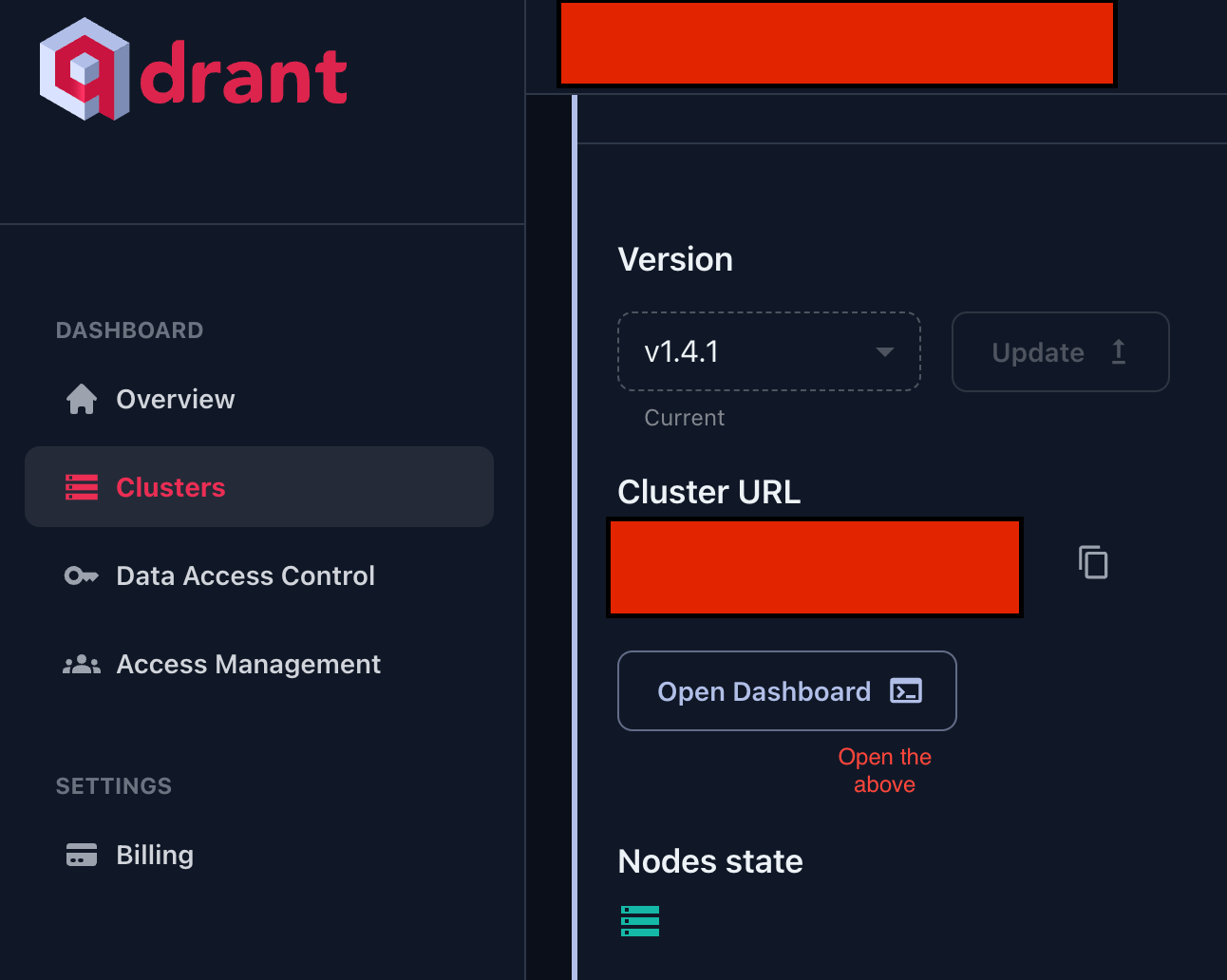The Resume Matcher takes your resume and job descriptions as input, parses them using Python, and mimics the functionalities of an ATS, providing you with insights and suggestions to make your resume ATS-friendly.
The process is as follows:
-
Parsing: The system uses Python to parse both your resume and the provided job description, just like an ATS would.
-
Keyword Extraction: The tool uses advanced machine learning algorithms to extract the most relevant keywords from the job description. These keywords represent the skills, qualifications, and experiences the employer seeks.
-
Key Terms Extraction: Beyond keyword extraction, the tool uses textacy to identify the main key terms or themes in the job description. This step helps in understanding the broader context of what the resume is about.
-
Vector Similarity Using Qdrant: The tool uses Qdrant, a highly efficient vector similarity search tool, to measure how closely your resume matches the job description. The more similar they are, the higher the likelihood that your resume will pass the ATS screening.
Follow these steps to set up the environment and run the application.
-
Fork the repository here.
-
Clone the forked repository.
git clone https://github.com/<YOUR-USERNAME>/Resume-Matcher.git cd Resume-Matcher
-
Create a Python Virtual Environment:
-
Using virtualenv:
Note: Check how to install virtualenv on your system here link.
virtualenv env
OR
-
Create a Python Virtual Environment:
python -m venv env
-
-
Activate the Virtual Environment.
-
On Windows.
env\Scripts\activate
-
On macOS and Linux.
source env/bin/activate
OPTIONAL (For pyenv users)
-
-
Install Dependencies:
pip install -r requirements.txt
-
Prepare Data:
- Resumes: Place your resumes in PDF format in the
Data/Resumesfolder. Remove any existing contents in this folder. - Job Descriptions: Place your job descriptions in PDF format in the
Data/JobDescriptionfolder. Remove any existing contents in this folder.
- Resumes: Place your resumes in PDF format in the
-
Run the Application:
run on the jupyter notebook
Note: For local versions, you do not need to run "streamlit_second.py" as it is specifically for deploying to Streamlit servers.
Additional Note: The Vector Similarity part is precomputed to optimize performance due to the resource-intensive nature of sentence encoders that require significant GPU and RAM resources. If you are interested in leveraging this feature in a Google Colab environment for free, refer to the upcoming blog (link to be provided) for further guidance.
The full stack Next.js (React and FastAPI) web application allows users to interact with the Resume Matcher tool interactively via a web browser.
To run the full stack web application (frontend client and backend api servers), follow the instructions over on the webapp README file.
- Visit Cohere website registration and create an account.
- Go to API keys and copy your cohere api key.
- Visit Qdrant website and create an account.
- or use
docker pull qdrant/qdrantto pull the docker image. - After run docker, version is
API Keyand url islocalhost:6333 - Get your api key and cluster url.
- Go to open dashboard in qdrant and enter your api key for only the first time
-
Now create a yaml file named config.yml in Scripts/Similarity/ folder.
-
The format for the conifg file should be as below:
cohere: api_key: cohere_key qdrant: api_key: qdrant_api_key url: qdrant_cluster_url
-
Please replace your values without any quotes.
-
For the Vertex API, please floow the instuction on the official website. Vertex API
-
For the Chatgpt part, please go to openAI website to get the api key. OpenAI
Note: Please make sure that Qdrant_client's version is higher than v1.1
streamlit run Job_Resume_app_with_streamlit.py

